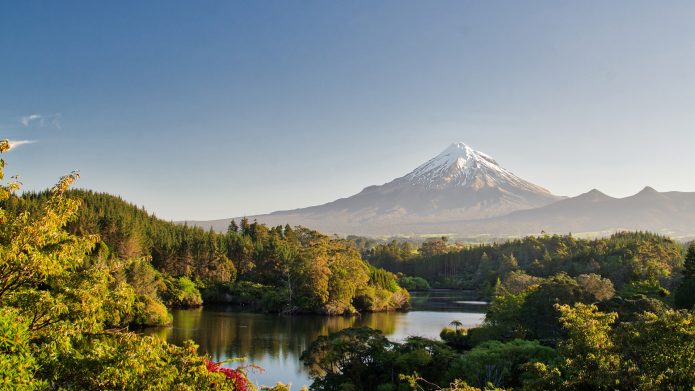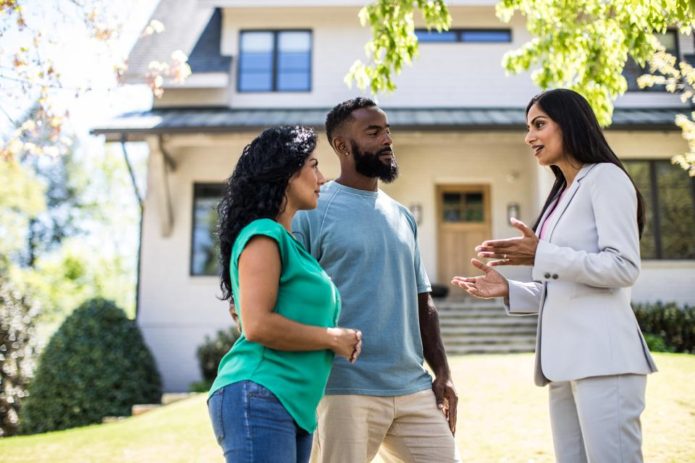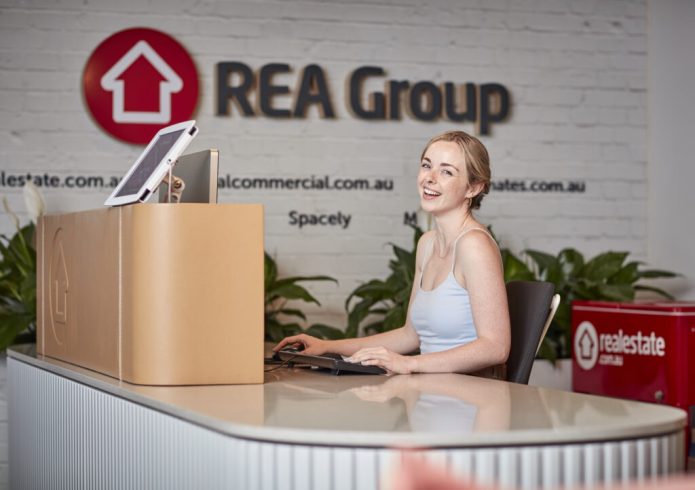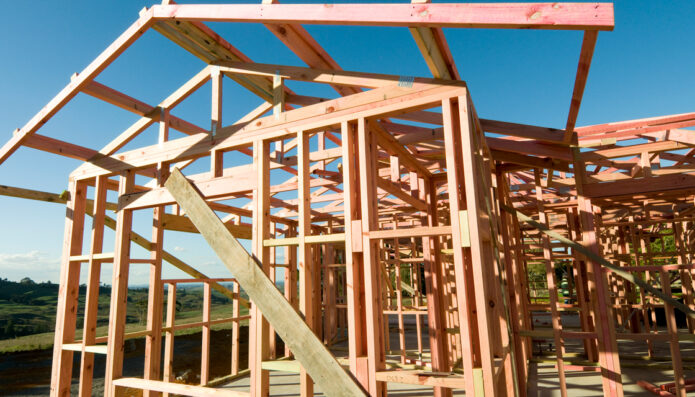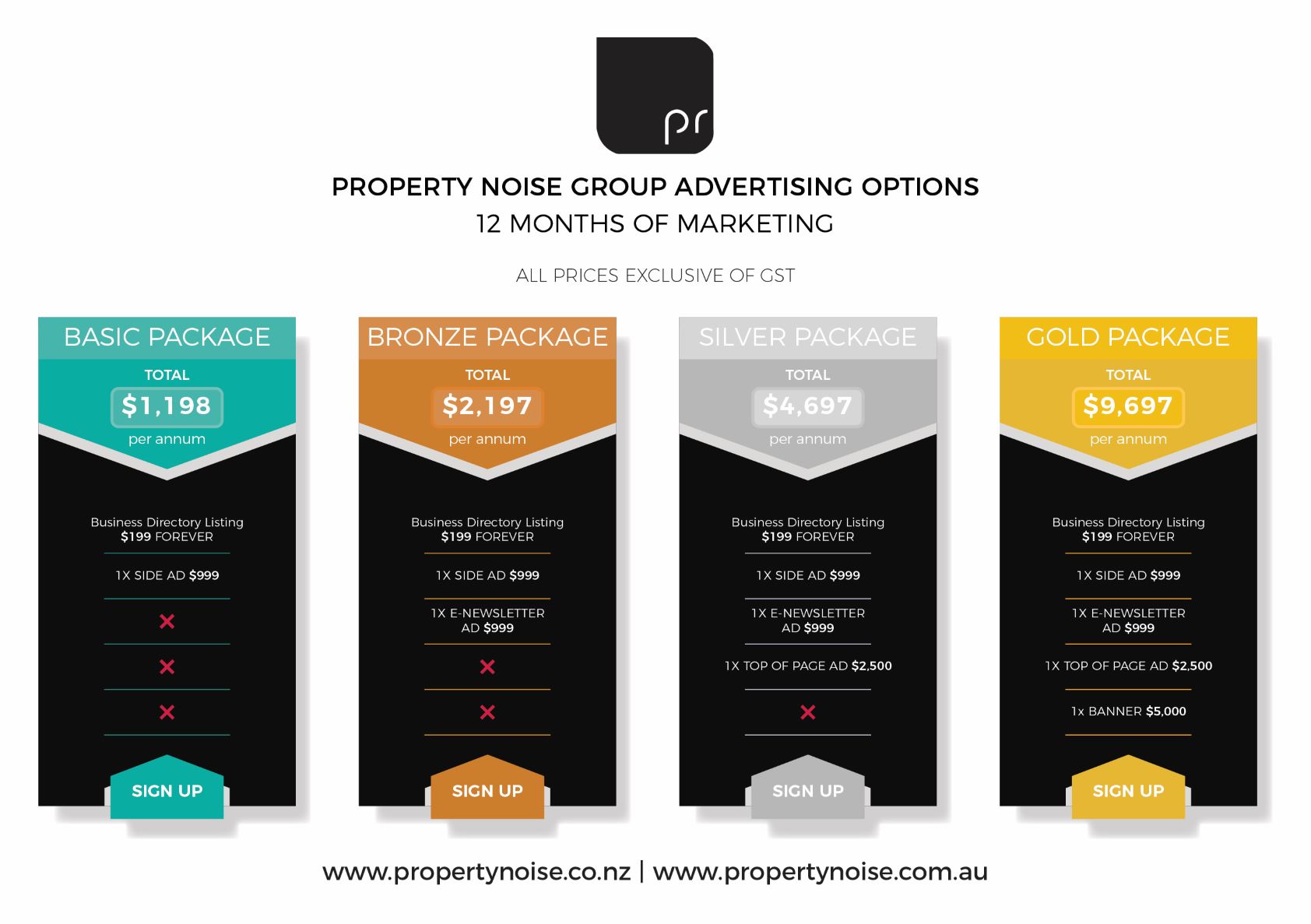PHOTO: Housing bubble
A massive housing bubble could form if Australia pulls the trigger on negative interest rates and quantitative easing, analysts warn.
- RBA governor Philip Lowe may have largely endorsed the use of negative interest rates and quantitative easing (QE), but some analysts warn they could have seriously negative effects in Australia.
- QE could help artificially pump up house prices, creating a housing bubble as more money flows into the market, according to market researcher IBISWorld. Falling and even negative interest rates would help this, as the cost of borrowing falls and Australians take on more debt to buy a house.
- In the case of a downturn, that could see over-leveraged Australians unable to make their repayments.
- QE could also see the Australian dollar – currently at around 10 year lows – fall even lower, causing the cost of imported goods to soar.
- Despite those risks, the RBA may have no choice – unless the federal government comes to the stimulus party.
The diagnosis of an ailing Australian economy is widely accepted, but it’s how to treat it that’s increasingly proving contentious.
Despite unconventional methods, like negative interest rates and quantitative easing (QE), receiving the full endorsement of Reserve Bank of Australia (RBA) governor Philip Lowe – the man ultimately responsible for them – others remain highly sceptical.
That’s because having never been tested in Australia, the effect of tools like QE – where a central bank prints more money in order to purchase government bonds and other safe assets – is not entirely known.
READ MORE VIA YAHOO

